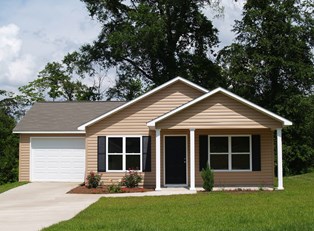Although they have been popular in Europe and Japan for over a decade thanks to their space-saving capabilities, tankless water heaters have only recently begun to catch on here in the United States. Given the average lifespan of a traditional water heater, tankless models may not have even been widely available here the last time you needed to buy one. Thanks to the green movement, however, they are now common options for American homes.
Tankless water heaters have a number of advantages. Proponents are quick to note that the units provide on-demand heated water in a matter of seconds. That comes with a caveat regarding unit placement in that they need to be close to water outlets to eliminate lag time. Perhaps their biggest advantage is providing considerable savings in natural gas costs along with a lifespan that lasts five to ten years longer than traditional units.
Types
Unlike standard water heaters, tankless units do not keep a reserve of heated water on hand, resulting in standby heat loss. Instead, tankless heaters only heat water as you need it, thus making them more energy efficient. Two varieties are available. Smaller, point-of use heaters and whole-house units. The former only accommodate one or two rooms at a time, and because of their small size, they are non-obtrusive, can easily fit in tight spaces, and provide hot water virtually instantaneously. Whole-house systems are larger and more expensive, but you, as the user, can often experience a delay in getting hot water, much in the same way as you would with traditional water heaters. Point-of-use units are generally electric, while whole-house heater use natural gas or propane.
When deciding on whether to purchase tankless water heaters, pay attention to the flow rate or the amount of water you will need at any given time, as well as the difference between groundwater temperature and desired output temperature. Manufacturers of tankless units base size of each model based on the temperature rise needed for a specific specific flow rate.
Savings
In addition to the overall energy savings benefits, tankless heaters often come with a federal tax rebate of up to $300 that offsets the initial costs of these units. Since they are a fraction of the size of traditional water heaters, they can be installed almost anywhere, even outside when equipped with the necessary insulation to protect the unit from freezing and from inclement weather. While saving money off your utility bills, electric units don't emit greenhouse gases, making them kinder to the environment. There is no danger of rupture at the end of the unit's life because they don't have large tanks. Many systems have wireless remote controls and may be programmed with up to four different heating levels.



